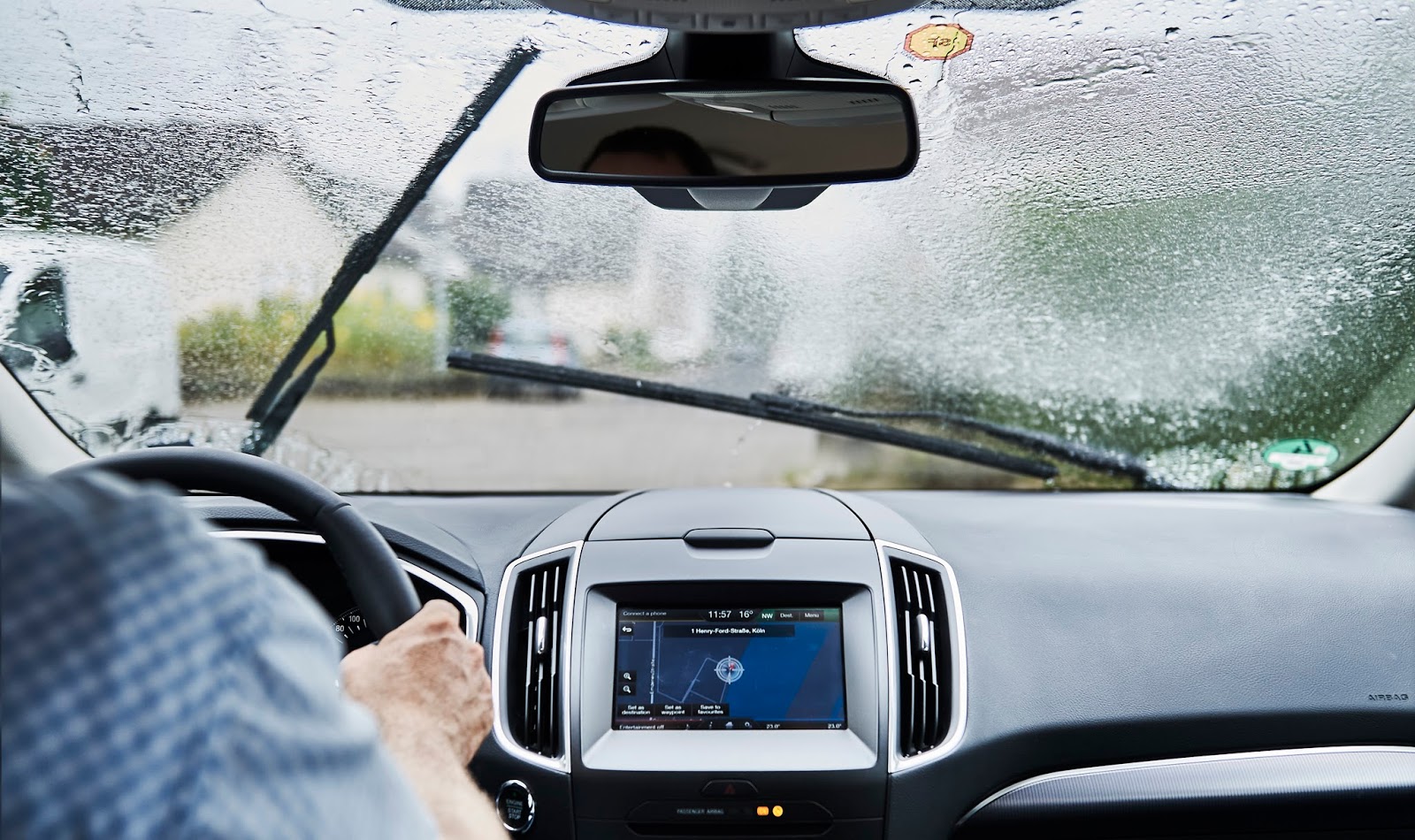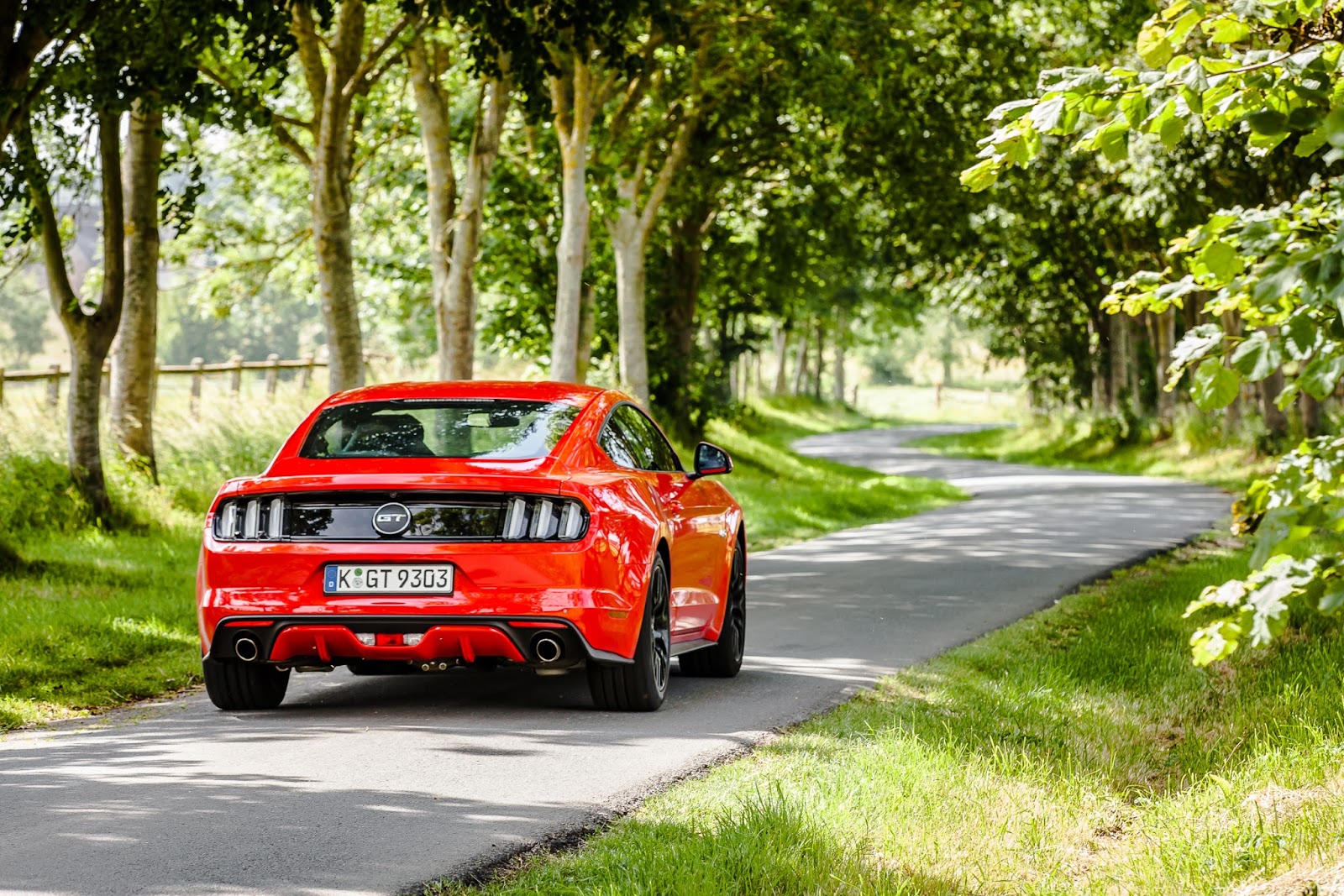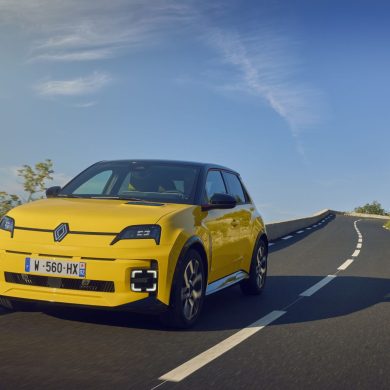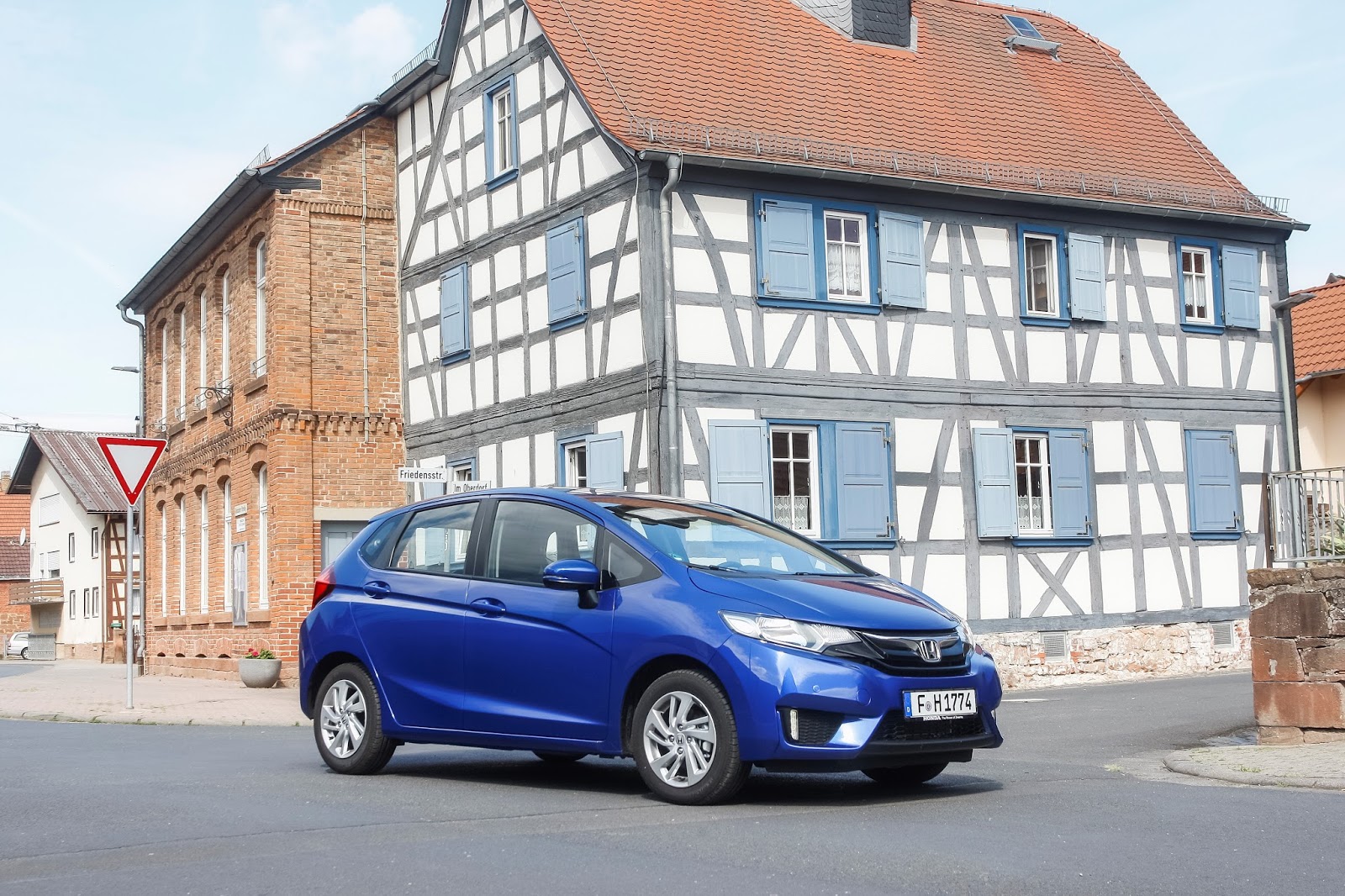
One of the most important factors during the development tests of a car is its pressure under the harshest conditions. The "detail", of course, is that the extreme conditions vary. So, technicians may test the durability of a model in the ice of Norway, but they have to do the same in the Sahara desert, or in the absolute humidity of the Amazon.
To test its models, instead of running to the ends of the earth, Ford has created a new advanced testing facility that will simulate a huge range of challenging weather conditions - from Arctic ice and desert heat to the humidity of the rainforest. In short, the automotive industry has built a... weather factory!
This will give Cologne the highest altitude in Western Europe, displacing Mont Blanc as the highest peak - the Ford Environmental Test Centre is the first facility of its kind to simulate an altitude of 5,200 m
The centre will be fully operational by next year and will simulate snow, blinding sunshine and rain, extreme temperatures from -40°C to +55°C and humidity up to 95%, any day of the year.

Wouldn't you like to be able to choose what the weather will be on any day of the year? That's exactly what Ford engineers will now have with the 'Weather Factory' where they will test future vehicles in the most demanding conditions around the world.
Altitudes higher than Mont Blanc, the highest peak in the Alps, vehicle and wind speeds of up to 250 km/h, and snow, blinding sunshine and rain are among the conditions that will be simulated in Ford's advanced Environmental Test Centre.

As well as turning lowland Cologne in Germany into the 'highest altitude' region in Western Europe at the touch of a button, this multi-million euro facility will be the most advanced centre for such testing in the automotive industry. It will be the first to simulate altitudes of 5,200 m, offer extreme temperatures from -40°C (the average winter temperature in Eastern Siberia) to +55°C (just 1.7° Celsius below the highest air temperature recorded worldwide), and humidity up to 95%.

"Offering unprecedented capabilities, such as high-altitude testing and heavy snowfall simulation, the new test centre provides us with the tools to help us continue to develop the best vehicles of the future," says Ford Europe vice president of product development Joe Bakaj. "It's a significant step forward that will allow Ford to efficiently and repeatedly simulate the most demanding environmental conditions around the world."
At the centre - which Ford estimates will be fully operational by next year - engineers will be able to work on nine different vehicles simultaneously, testing comfort, safety and operational capabilities as well as the performance of electrical systems, braking, air conditioning (A/C) and heavy-duty towing.

The facility is the size of a football field covering an area of 5,500 square meters and will include: two climate-controlled aerodynamic tunnels, a high-altitude laboratory and four temperature-controlled test chambers, three of which allow for humidity testing. An extensive range of high-performance vehicles and sports models such as the well-known Focus RS, Focus ST, and Ford Mustang will also be able to be tested in high wind speed conditions. And it will be used to test all front-wheel drive (FWD), rear-wheel drive (RWD) and AWD vehicles.

Ford's network of test facilities in Europe also includes the Ford Lommel Proving Grounds, in Belgium, which hosts a dedicated bad-road test track, and is used for testing in crosswinds, salt water and mud. Ford vehicles regularly undergo arduous endurance tests that, in real-world conditions, equate to 5.5 million kilometres, and include demanding locations such as the Mojave Desert in the US, the Arctic Circle and the Grossglockner Alpine Pass in Austria.







